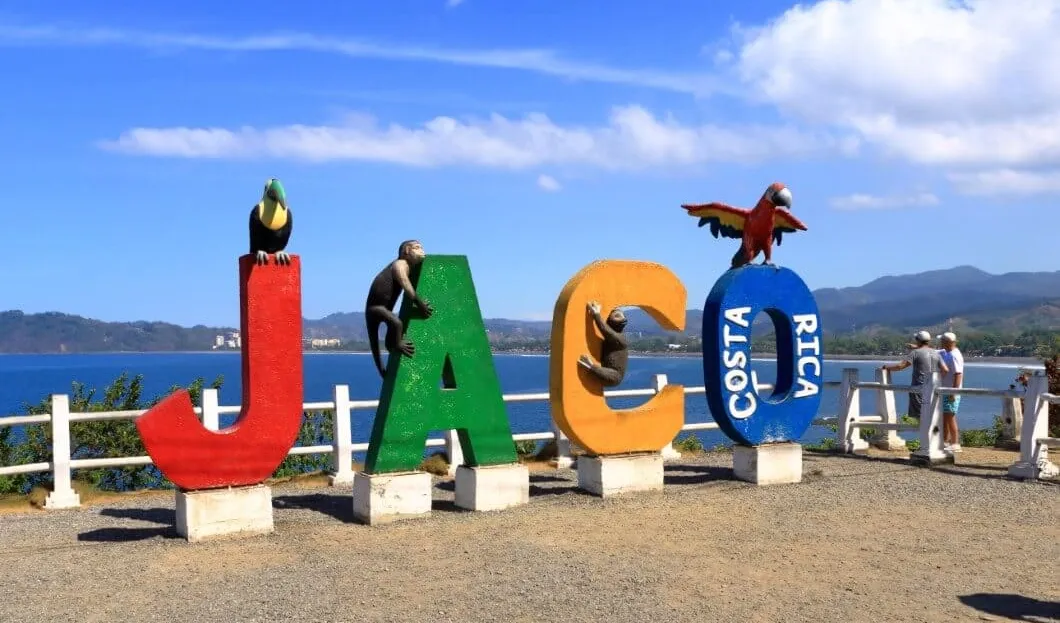
Tourists coming to Costa Rica have noticeably dwindled over the past few months. January 2024 saw about 299,194 arrivals, while February brought in 317,830. This year in January it was only 298,475, and in February it was 293,784. The drop in Costa Rica’s tourism is evident. The volume of arrivals declined by 4.0% in the first two months of 2025, falling from 617,024 stopovers in the first two months of 2024 to 592,259 stopovers in the first two months of 2025.
In a recent remark, Costa Rica’s Tourism Minister William Rodríguez pointed out that fewer flight seats are a big reason for this slump. He mentioned that carriers like American Airlines trimmed their seating by around 15%, Delta Airlines by 17%, and even more dramatically, Alaska Airlines by about 41%. These seat cuts, in most cases, are quite a deal-breaker for travelers.
Looking deeper into the matter, an analysis from Proimagen hints that a single factor doesn’t drive the dip in tourism. Global economic uncertainty and lingering political tensions have made many potential visitors think twice about spending money. On top of that, the high cost of tourist services here leaves Costa Rica at a disadvantage compared to places that offer more competitive prices.
Data from the National Institute of Tourism (ICT) underline this trend further. For instance, February’s visitor count dropped by 7% compared with the previous year. Looking back at recent months, a gradual slide is evident: October 2023 recorded 149,548 tourists, which then fell to about 138,330 in October 2024. November, too, went from an arrival count of 231,498 to roughly 220,839, and December numbers shifted from 307,603 to 306,113—little drops that add up over time.
The impact isn’t evenly spread either. Markets like North America saw a decline of around 4.5% from January to February, while European visitors fell by an even steeper 10.5% during that same period. It seems that different regions are feeling the pinch in their own way.
Issues run deeper within Costa Rica’s tourism framework. For one, strict cancellation policies—especially during the busy season—leave travelers exposed to extra risk. Many argue that service providers need to rethink these policies, offering more value, greater flexibility, and better availability year-round to lighten the burden on visitors.
Adding to the mix, the falling dollar exchange rate has put extra strain on the industry. Companies are dealing with rising expenses: taxes, fees, wages, social contributions, and even higher electricity and water bills. With incomes decreasing day by day, they’re forced to hike prices, which only makes the destination look costlier to tourists.

Rising living costs further diminish Costa Rica’s competitive edge in tourism. As prices steadily climb and neighboring destinations roll out attractive, reasonably priced packages with flexible options, Costa Rica’s appeal suffers.
Air connectivity has felt that impact too. Airlines, always quick to adjust routes to market demand, have reduced available seats in response to waning interest. This pushes airfare higher and means even fewer people are likely to book flights, compounding the overall drop in tourism.
Experts haven’t limited their concerns to flights alone. They note that the country’s steep prices for food, tours, and other tourist services continue to rise, which further deters potential visitors. After all, many now see Costa Rica as an expensive option, and lingering security concerns don’t help matters either.
Add to this the fact that while other destinations are stepping up with innovative travel packages and dynamic marketing strategies, Costa Rica’s own “Pura Vida” charm isn’t being showcased strongly enough. As a result, the nation’s visibility in the travel market is declining, leaving it struggling to hold its share of the global tourism pie.










